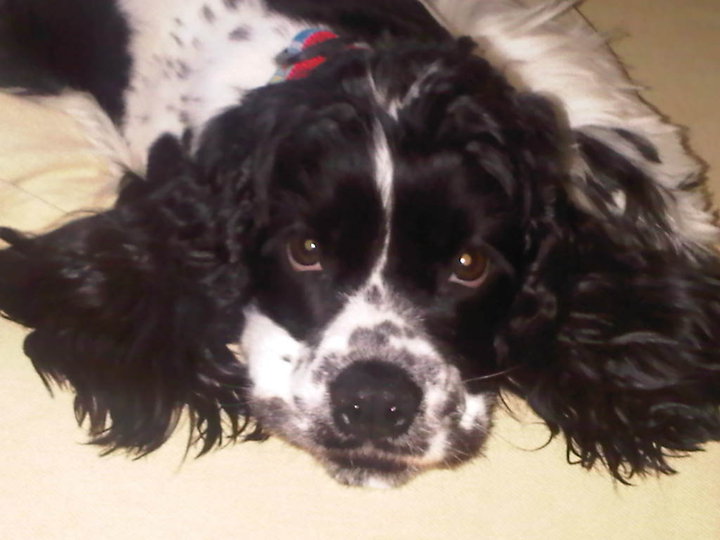And so it goes. All the “stuff” we human partners bring to the agility field and to our canine teammates. Frustration. Bad moods. Job loss. Death of a loved one. Illness in the family. Break-up. Divorce. Marriage. Birth of a baby. New job. Final exams. Big presentation at work. Filling orders for clients. The list goes on...given all that “happens” to us in our lives, it is a wonder that our doggies run agility for us with all of our human baggage. But, they cheerfully oblige and are happy to be with us.
For many of us, we became involved in dog agility because it is fun to train our doggies and to escape from all the trappings of the real world. During the hour or so we spend in classes and practices, we focus solely on our relationship with our dog and how to be a better team when running agility. If just for that little piece of time, we are (or should be) oblivious to all the outside “stuff” in our human world.
As a handler, my biggest responsibility is to be true to my
teammate: to want to be there. I have the good fortune of owning such a
sensitive, soft dog who knows my mood even before I acknowledge it. So, it is up to me to be in the moment
whenever I am “doing” agility with Jefferson.
He picks up on my attitude – for better or worse – and sometimes we do
not get a desired outcome.
 Dr. Phil would say that the first step to overcome any undesired result is to acknowledge it. You cannot
change what you do not recognize. So,
from now on, if I do not “want to be there” then I owe it to my partner, to not
be there. If I am unable to give my best
to my doggie during a practice or class, then I should respectfully not attend
and wait for another day when I am better able to be there for my dog.
Dr. Phil would say that the first step to overcome any undesired result is to acknowledge it. You cannot
change what you do not recognize. So,
from now on, if I do not “want to be there” then I owe it to my partner, to not
be there. If I am unable to give my best
to my doggie during a practice or class, then I should respectfully not attend
and wait for another day when I am better able to be there for my dog.
Sometimes we can tune out all the outside “stuff” and sometimes we
cannot. It is up to the human to make an
informed decision that is for the betterment of the dog agility team.
Sometimes you're the Louisville slugger; sometimes you're the ball!












